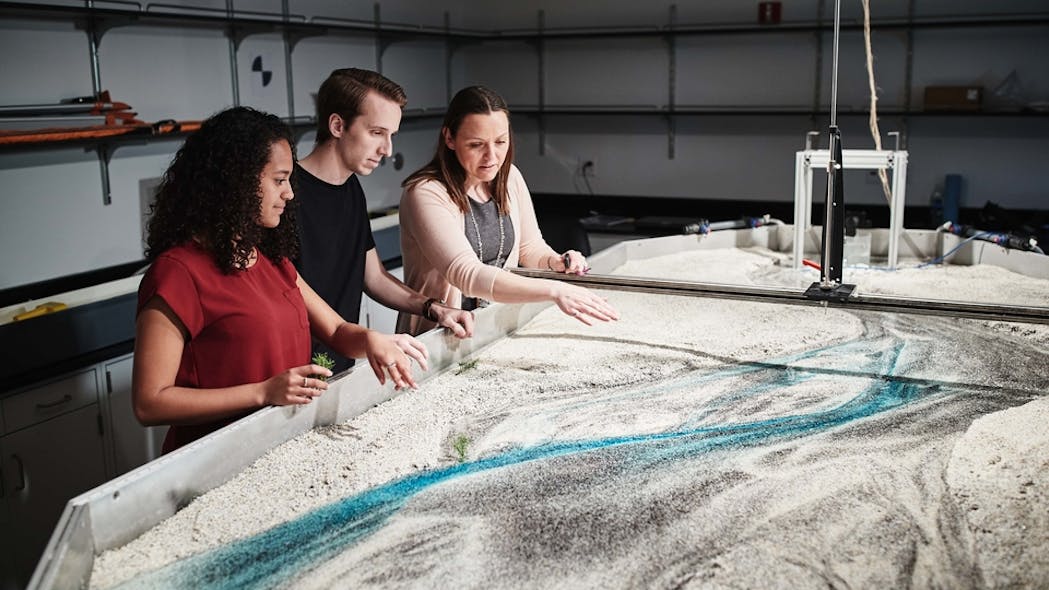Instructional Design and Lesson Planning
After reading and understanding Merrill’s principles this week, I agree with him that “Learning is promoted when learners are required to use their new knowledge or skills to solve problems” in the context of my personal learning experience. When I apply my new knowledge directly, I deepen my understanding of that knowledge.
In conjunction with Merrill’s principles, I tried to design a course on how meanders are formed in geography.
| Big Idea What is the big idea that the learner will walk away with at the end of the lesson that is critical for learners at this stage of their learning path? | Learning Outcome(s) What specific things will the learner know or be able to do by the end of the lesson? | Evidence of Learning What does learning look like for this objective? (e.g., accurate performance of a task, correct use of terminology) | Assessments What will learners do to provide evidence of their learning? (e.g., a presentation, a test, a project) | Learning Activities What learning activities will allow learners to acquire and practice the skills necessary to demonstrate their learning and complete the assessment successfully? |
| Through this course, learners will gain a clear understanding of how meander are formed. | The learner will be able to clearly depict and describe how meander and Oxbow Lake are formed in a river system. | A fast forward video will show the formation and changes of a meander The details of the formation process will be analyzed with animations. Finally, a reduced model will be used to show a simulated meander. Learners can also use this model to practice their understanding. | Learners need to draw sketches to show the different stages of the meander formation process. | Distinguish meander and Oxbow Lake from an overhead map. Learners can use the model to show others how the meander is formed. |
The biggest problem in designing a course is finding a way for learners to practice and deepen their knowledge. I finally found a sand-based model that could be used to simulate various river geographies.

Reference
Greenwood, J. Merrill’s first principles of instruction.
https://www.james-greenwood.com/instructional-design/toolkit/merrill/#:~:text=The%20premise%20of%20Merrill%E2%80%99s%20first%20principles%20of%20instruction,principles%20are%20necessary%20for%20effective%20and%20efficient%20instruction.%E2%80%9D%28p44%29
Merrill, M. D. (2002). First Principles of Instruction. ETR&D, 50, 3. pp. 43-59.
Leave a Reply
You must be logged in to post a comment.